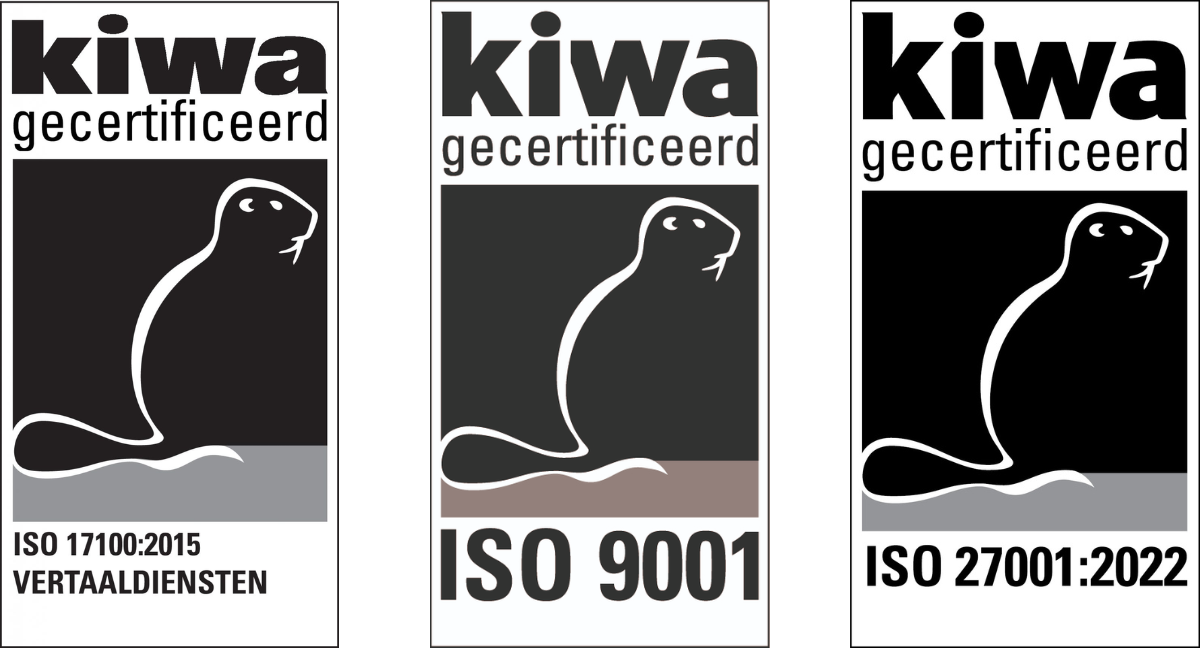Esperanto translation agency
- Only experts in the Esperanto language
- Get the best Esperanto translations….
 Esperanto translation agency
Esperanto translation agency
In 1887, Lejzer Zamenhof, under the pseudonym Dr. Esperanto (‘he who hopes’), published the book ‘La internacia lingvo’ (the international language), about an easy-to-learn artificial language that would allow people from different cultures to communicate with each other. The pseudonym of the book’s writer would become the name of the new language: Esperanto.
Globally, there are about 2 million people who speak Esperanto, roughly the same amount as Slovenian. Except the people who speak Esperanto are spread throughout the world. The most famous are undoubtedly the Hungarian-American businessmen George Soros and Pope John Paul II. There are even people who speak Esperanto as their native language, but they are few in number. These are children who grew up with Esperanto at home because it is the best common language of their parents and they hear it every day.
Thanks to its simple and regular grammar and logical word choice, Esperanto is relatively easy to learn. Even so, the language never really broke through, because simple or not, you still need to learn it. However, in recent years, the slumbering Esperanto has been on the rise due to the influence of Duolingo; an app for learning languages. Approximately 1 million people have tried out Esperanto via this app since 2015. Of course, most of them will never go all the way to speaking it fluently, but even so, Esperanto is experiencing some growth in recent years.
Esperanto is based on the Indo-European languages spoken in Europe. The sound inventory is mostly Slavic, while the vocabulary is mainly inspired by Roman languages. Those who are proficient in French, Spanish, Portuguese, and Italian will find that they quickly have a large vocabulary in Esperanto. A few examples include ‘great’ being ‘granda’ in Esperanto, and ‘tree’ being ‘arbo’. And this one is easy to guess: ‘friend’ is ‘amiko’.
The group of people who speak Esperanto is small but passionate. One of the consequences of this is that there are many books and writings in Esperanto. When we were first asked to translate into Esperanto, we looked for qualified Esperanto translators. We meet the highest achievable quality standards for European translation agencies: ISO 9001 and ISO 17100. These standards impose strict requirements on our business operations and the translators we work with, including the Esperanto translators.
We don’t stop at our official qualification; we also give you a lowest price guarantee and our 100% satisfaction guarantee. You can find the opinions of our clients on this independent website.
If you want to have texts translated into or from Esperanto, please request a free quote using the button below. We will send you a customised quote within 30 minutes.
15.000+ clients have already placed their trust in us

Translation Agency complies with the highest attainable certifications: ISO 9001:2015, ISO 17100:2015, and ISO 27001:2022. Top quality, security and service remain our number one priority.


Translation Agency is a member of the VViN and EUATC; Organisations of translation agencies that work together to optimise quality and service.
